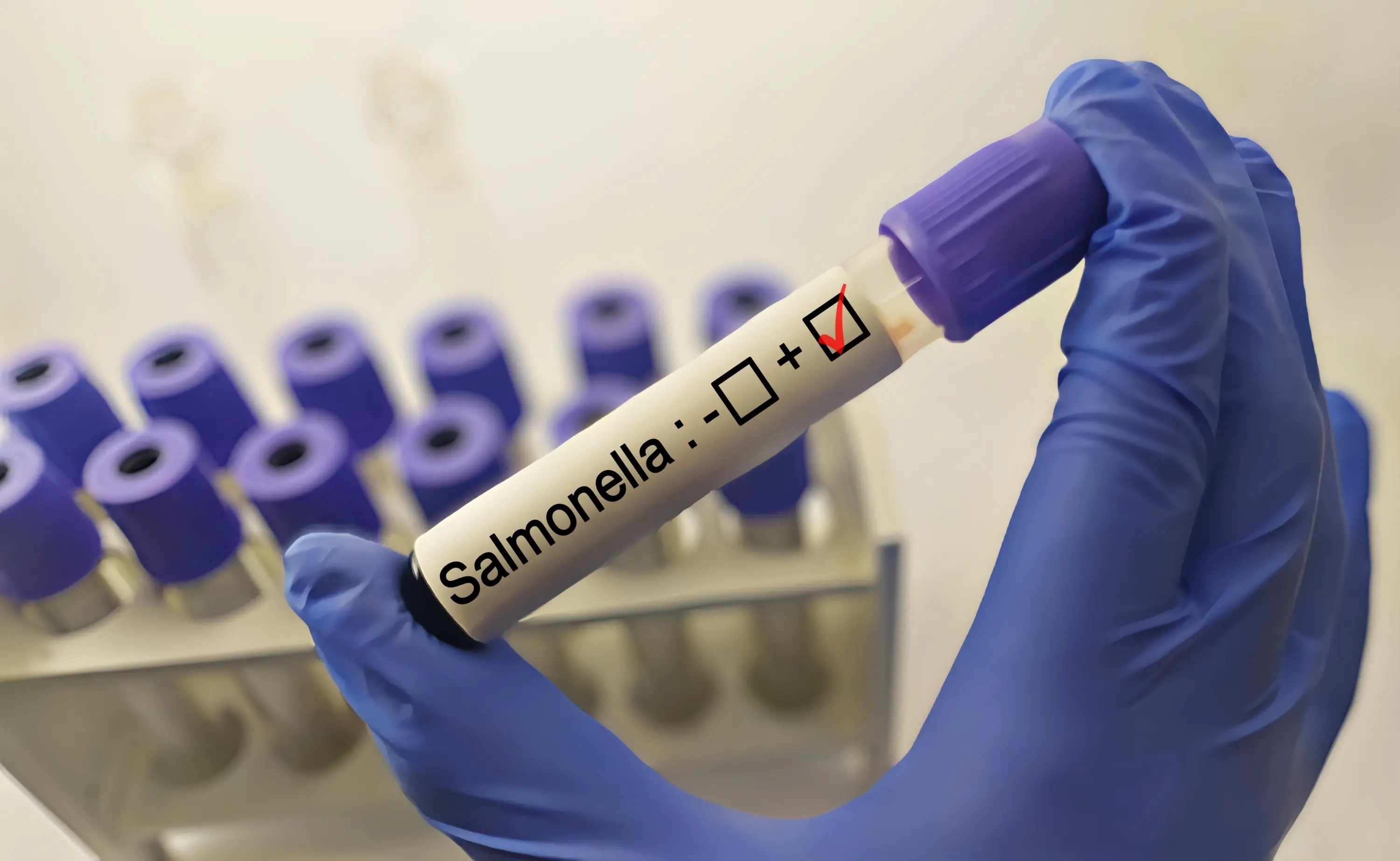Salmonella: What You Need to Know to Stay Safe
Salmonella: What You Need to Know to Stay Safe
Each year, millions of people around the world are affected by foodborne illnesses — and Salmonella is one of the leading causes. While symptoms can be mild, this sneaky bacterium can sometimes lead to serious health problems, especially in vulnerable individuals. Understanding how Salmonella spreads, what symptoms it causes, and how to prevent infection can help protect you and your family.
What Is Salmonella?
Salmonella is a type of bacteria that causes an illness known as salmonellosis. It commonly leads to food poisoning. While most people recover quickly, Salmonella is also the top cause of hospitalizations and deaths due to foodborne illness.
What makes Salmonella tricky is its ability to infect people in unexpected ways. In rare cases, it can even lead to serious complications, such as bloodstream infections or inflammation in blood vessels — particularly in those with underlying conditions.
How Do People Get Infected?
Salmonella spreads primarily through contaminated food or water, especially when food is raw or undercooked. Common sources include:
- Raw chicken, beef, or eggs
- Unpasteurized milk or dairy products
- Raw produce like basil or melons
- Nut butters and raw flour
- Cookie dough made with raw eggs or flour
It can also be spread through contact with infected animals or animal feces, such as backyard poultry, turtles, frogs, and even dog food. Importantly, people can carry and spread the bacteria on their hands or clothing — even without becoming sick themselves.
Common Symptoms of Salmonellosis
Symptoms usually appear within 6 to 72 hours after exposure and may include:
- Diarrhea
- Stomach cramps
- Nausea or vomiting
- Fever
- General weakness
In most healthy individuals, symptoms improve within 2 to 3 days without medical treatment. However, more serious cases — such as bloody diarrhea, high fever, or dehydration — require medical attention.
When to Seek Medical Help
- You should contact a doctor if you experience:
- A fever over 38.9°C
- Diarrhea lasting more than 3 days
- Bloody stools
- Persistent vomiting that prevents fluid intake
Treatment usually involves staying hydrated and resting. In certain cases, antibiotics may be prescribed, but they can sometimes prolong the period during which a person sheds the bacteria — meaning they may unknowingly spread it to others.
Who Is Most at Risk?
Although anyone can get sick, certain groups are more likely to develop serious complications:
- Adults over age 65
- Children under 5
- Pregnant women
Individuals with weakened immune systems (e.g., due to cancer, organ transplants, or medications)
In rare situations, Salmonella may spread beyond the digestive tract to affect the urinary system, bones, joints, or even the nervous system.
How to Prevent Salmonella Infection
The good news is that most Salmonella infections are preventable. Here are some key tips:
- Wash hands thoroughly before preparing food, after handling animals, or after using the toilet.
- Clean cutting boards, knives, and surfaces with hot, soapy water after they come into contact with raw food.
- Use separate cutting boards for meat, fish, and vegetables.
- Refrigerate or freeze perishable foods within two hours of cooking or purchase.
- Cook meat and eggs thoroughly — avoid eating raw dough or unpasteurized products.
- Take care when handling sick pets or cleaning up after them.
- Extra Caution for High-Risk Groups
- Keep young children away from reptiles, amphibians, or backyard poultry.
- Avoid contact with animals at petting zoos unless handwashing is immediately available.
- Immunocompromised individuals (such as transplant recipients) should avoid keeping reptiles or amphibians as pets.
Final Thought
While Salmonella is common, it doesn’t have to be dangerous. By taking simple steps in the kitchen, practicing good hygiene, and being extra cautious around certain foods and animals, you can reduce your risk significantly. These everyday habits are especially important if you live with individuals who may be more vulnerable to infection.
Source:
Harvard Health Publishing, Staying Healthy, Salmonella is sneaky: Watch out
https://www.health.harvard.edu/blog/emsalmonellaem-is-sneaky-watch-out-202405293044


